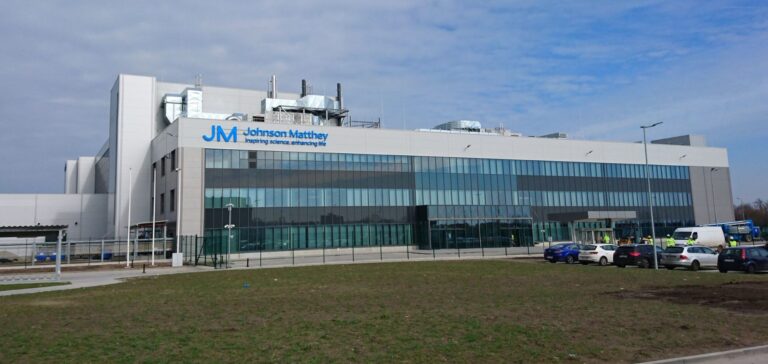Johnson Matthey (JM), a global leader in sustainable technologies, and Hystar, a Norwegian high-tech hydrogen company, have signed a three-year strategic supply agreement to scale up production of renewable (green) hydrogen. This fulfills JM’s promise to win at least two strategic partnerships in hydrogen technologies by the end of FY 2022/23.
JM will supply membrane electrode assemblies (MEAs), key components determining the performance of electrolyzers, as part of Hystar’s business development. This is the next step in the collaboration between the two companies, which began in 2021 and was focused on developing electrolyzer stacks and increasing production capacity using JM-supplied components and Hystar’s proprietary cell design.
Collaboration for the HyPilot project
As part of this ongoing collaboration, JM will provide MEAs for Hystar’s PEM (proton exchange) electrolyzers, which will be used in the HyPilot project in Norway. The HyPilot project will verify Hystar’s patented PEM technology in real field conditions, in collaboration with industry leaders Yara and Equinor, with end market demand driven by food production and energy security trends.
As part of the project, Hystar will provide a complete, self-contained, containerized PEM electrolyzer with a hydrogen production capacity of up to 745 kg/day. Hystar’s recent test results show that the company is already exceeding the Clean Hydrogen Strategy for Europe’s 2030 clean hydrogen production targets.
Hystar and JM will work in partnership to further improve the performance of Hystar’s electrolyzers and integrate circularity principles into the system. The two partners will continue to work together to enable a further increase in scale and automation for Hystar’s planned future multi GW production line, which is expected to be operational by 2025.
Membrane electrode assemblies (MEAs) consist of seven layers: the catalyst-coated membrane (three layers), the seals (two additional layers) and the gas diffusion layers (two additional layers, for a total of seven layers). Thus, MEAs contain the three-layer catalyst-coated membrane (CCM), which is the main area of interest in JM and which drives the electrochemical reactions.






















